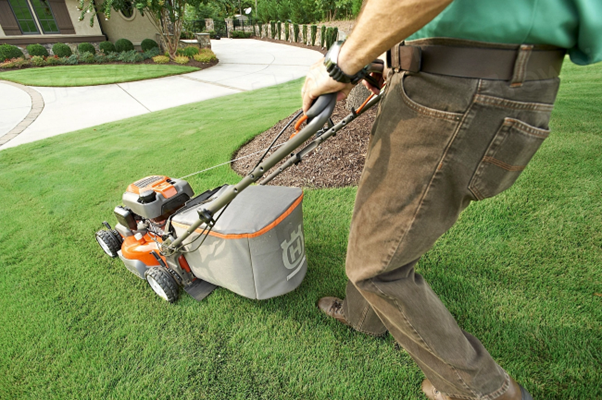How to Repair a Paver Patio: A Comprehensive Guide

A paver patio is a beautiful addition to any outdoor space, but over time, it can show signs of wear and tear. Uneven surfaces, sinking pavers, or cracks can ruin its appeal and functionality. Fortunately, repairing a paver patio is easier than you might think. In this article, we’ll guide you through simple steps to fix common issues and restore your patio to its original charm. Keep reading to bring your patio back to life!
Understanding Common Paver Patio Problems
Sinking or Uneven Pavers
- Causes: Poor base preparation, erosion, or heavy loads.
Sinking pavers can create tripping hazards and compromise the patio’s appearance.
Cracked or Broken Pavers
- Causes: Physical impact, freeze-thaw cycles, or settling.
Cracks not only look unsightly but can worsen if not addressed promptly.
Weed Growth Between Pavers
- Causes: Inadequate joint filling or lack of maintenance.
Weeds not only mar the beauty of your patio but can also weaken the stability of the pavers.
Fading or Discolored Pavers
- Causes: Sun exposure, weathering, or use of harsh chemicals.
Faded pavers can make the entire patio look aged and unkempt.
Tools and Materials Needed to Repair a Paver Patio

Before beginning your repair project, gather the following tools and materials:
- Tools: Rubber mallet, chisel, trowel, level, broom, gloves.
- Materials: Replacement pavers, base sand, polymeric sand, sealant, and a compacting tool.
Having these on hand will streamline the repair process.
Step-by-Step Guide to Repairing Your Paver Patio
1. Assess the Damage
Inspect the patio thoroughly to identify all problem areas. Look for sinking, cracks, and loose pavers.
2. Remove the Affected Pavers
Use a flathead screwdriver, pry bar, or chisel to lift the damaged or sunken pavers gently. Avoid breaking them if you plan to reuse them.
3. Prepare the Base
Level and compact the base where the pavers were removed. Add fresh sand to fill any gaps and create a smooth surface.
4. Replace or Reposition Pavers
Place the pavers back in their original positions, or use replacements if needed. Ensure they are level with the surrounding pavers. Use a rubber mallet to tap them securely into place.
5. Fill Joints with Sand
Sweep sand into the joints between the pavers. Polymeric sand is highly recommended as it hardens when wet, reducing weed growth.
6. Compact and Seal the Patio
Compact the patio using a tamper or plate compactor. Apply a sealant to protect against stains, weather damage, and fading.
Preventative Maintenance Tips
Keeping your paver patio in good condition requires regular maintenance.
- Clean the patio regularly to prevent moss and weed growth.
- Reapply joint sand and sealant every few years.
- Address drainage issues to prevent erosion of the base.
When to Seek Professional Help
While DIY repairs are feasible for most issues, some situations require professional assistance:
- Extensive damage across large areas.
- Structural issues that affect the stability of the patio.
- Lack of the necessary tools or expertise.
Professionals can ensure that repairs are done correctly and last longer.
Conclusion
A well-maintained paver patio not only improves your landscape and outdoor space but also increases its functionality. By following the steps outlined in this guide, you can address common issues and extend the life of your patio. Regular maintenance and timely repairs will keep it looking its best for years to come.
FAQs
How often should I reseal my paver patio?
Typically, resealing should be done every 2–3 years or as needed based on wear and exposure.
Can I use regular sand instead of polymeric sand?
While regular sand can be used, polymeric sand offers better weed resistance and stability.
What is the best way to prevent weeds between pavers?
Using polymeric sand and resealing the patio periodically are the best ways to prevent weed growth.
